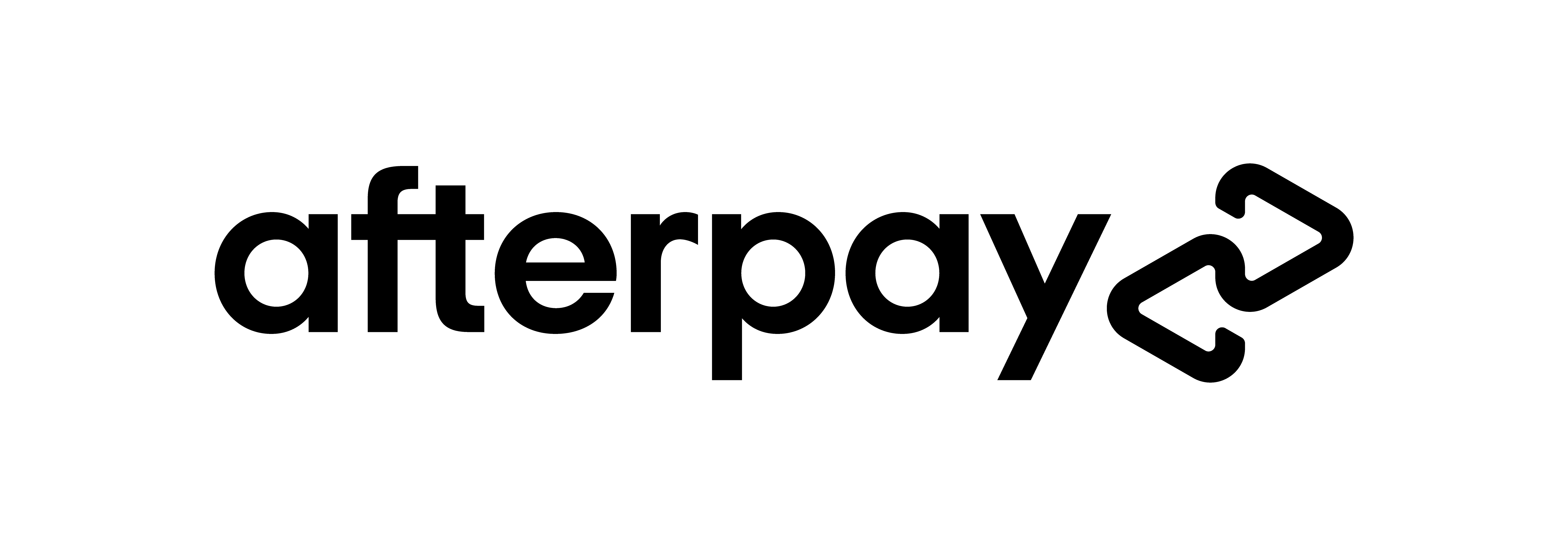.................................
Menu
Extreme weather events in Queensland and NSW, coupled with solar industry concerns about electrical safety, have put a new focus on micro inverters.
There are two types of solar inverters in use today: “micro” and “string” inverters. Microinverters are very small devices attached to each solar panel on a roof. They convert direct current (DC) electricity into alternating current (AC), which is what powers your house. By contrast, a string inverter, usually located on a wall near your switchboard, is a centralized, single inverter connected to the entire array of panels by a DC cable that runs up onto the roof.
Microinverters eliminate the higher DC voltages seen in a single cable by converting each solar panel’s output at that panel, not sending it meters away down to a single string inverter.
In the event of a house fire or other emergency, you may have to turn off the power. When you do this to a string inverter, the DC cable to the panels will still be live. This isn’t the case with a system using micro-inverters. Experts say micro inverters are “inherently safer” because they don’t generate the high DC voltage that the single cable supplying a string inverter does. This issue has been compounded in recent months by extreme weather causing solar system DC isolating switches to fail. The main cause has been water getting into degraded or substandard seals on isolators. The water lies inside indefinitely, conducting dangerous levels of electricity past the switch even when it is turned off.
This has prompted fire authorities to urge homeowners to get their isolating switches checked. (For several years now there have been industry recalls of inferior isolating switches similar to the Takata automotive airbag recall.) Meanwhile, solar industry analysts have suggested homeowners also consider converting from string to micro inverters. As one expert said: “You are installing a power plant on your roof so safety should be a priority.”
Microinverters make sense for many reasons. Because power is converted from each panel as it produces energy, shading from trees or other parts of a building, such as vents and chimneys, won’t drag the entire system down. However, if panels are connected in series to a single inverter just one underperforming panel can halve overall output. Not requiring a large, single, wall-mounted inverter means micro inverters simplify installations where space is at a premium, such as at apartments and townhouses.
Microinverters also are a practical solution to the problem of mounting solar panels on several areas of a roof so a badly positioned house can catch maximum sunlight. Using micro-inverters makes it very easy to enlarge your system in the future if required to meet increased power demand as a family grows. You don’t need to match new panels with old or size the system to fit the inverter, as you would have to if you were using a string inverter.
Sharpe Energy Hub supplies and installs the Enphase range, which has led to the development of microinverter technology.
Enphase monitors the production of every panel individually 24 hours a day so you know exactly what is happening up on your roof. This monitoring can quickly identify any panel problem, such as degradation reducing power generation or storm damage knocking out a panel.
The reliability and rugged build quality of Enphase micro inverters has been demonstrated in Queensland and NSW recently. A hail storm smashed several panels on an Ipswich property but the micro inverters ensured the normal daily production of 6kW was only reduced to 4kW. Most string converter systems in that area had to be disconnected for safety reasons.
Meanwhile during a heatwave in Penrith, a micro-inverter system was operating normally in rooftop temperatures of over 60C.


Builder’s Licence: 291942
Sharpe Services © 2022. All rights reserved. Privacy Policy